Manastirea Cetatuia Negru Vodă: A Hidden Spiritual Retreat in Valea Cetățuia, Romania 🇷🇴
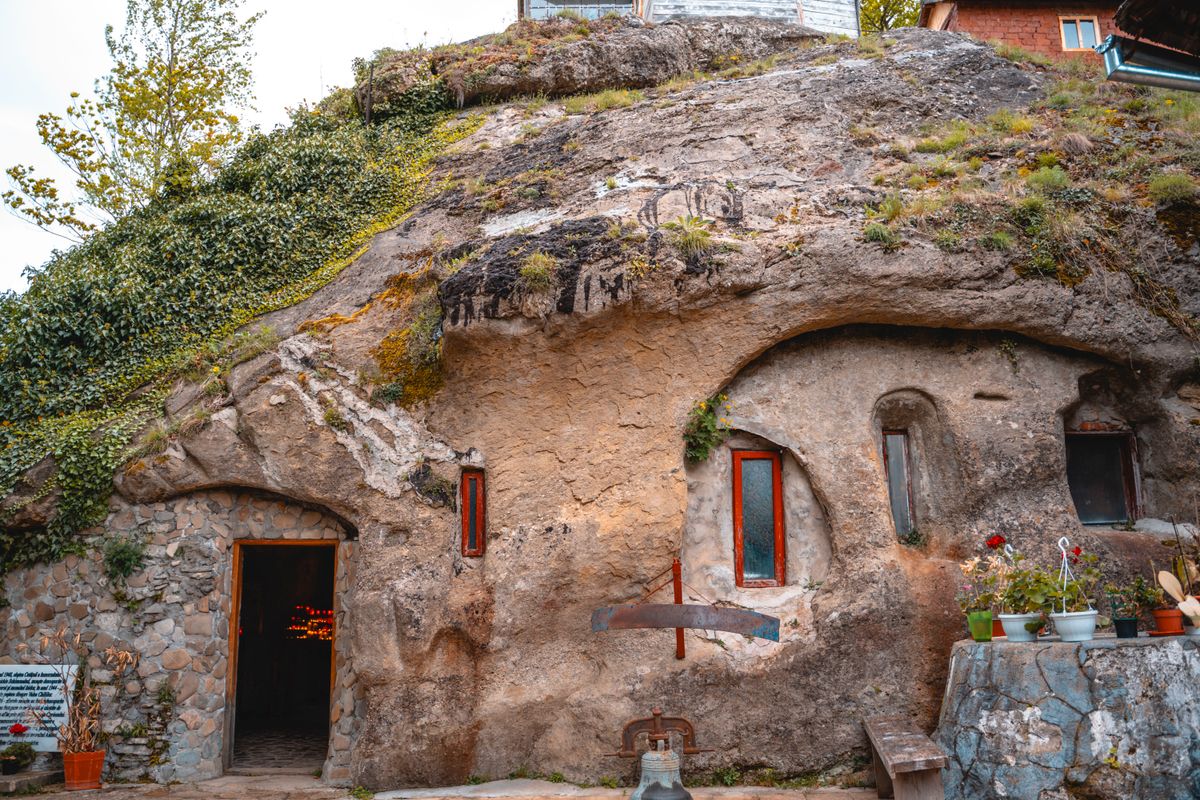
Nestled amidst the pristine beauty of Valea Cetățuia in Romania, the "Manastirea Cetatuia Negru Vodă" stands as a testament to faith, history, and tranquillity. Far from the bustling city life, this hidden gem offers a serene retreat for those seeking solace and a deeper connection with spirituality.
History for Dummies 🤓
The Monastery is located in the historical region of Wallachia, in the Valea Cetățuia, some two hours driving south of the mountain city of Brasov in Romania.
What is Wallachia?
Historically, Romania is made of three historical regions named:
- Wallachia: with Bucharest capital
- Moldova: with the poetic city of Iași. The country of Moldova 🇲🇩 used to be part of this region (50% of land), and used to be called Bessarabia. Until the Ottomans ceded it to the Russian empire, in the aftermath of the Russo-Turkish War (1806–1812). Its people: it was populated for thousands of years by Moldovans, until the Soviet Union annexed it at the end of WWII and started doing population displacements, resulting in the DNA mix of the country of Moldova 🇲🇩 (their ladies are beautiful btw). Note that after WWI, and following the collapse of the Russian Empire, the country of Moldova declared independence from Russia, and decided to rejoin the country of Romania, forming the "România Mare", meaning Greater Romania. This "Greater Romania" period lasted in the interwar period about two decades, and Romania had never had more territories than during this period of history.
- Transylvania: located west of Romania, and has most of the Hungarian minorities of Romania. They have their own language, own churches, own schools, and if I'm not mistaken they can have Romanian and Hungarian passports. It also has villages built by the Saxons, who moved from Germany to this part of Europe thousands years ago. To meet them, you can go to the city of Sibiu.
The names Wallachia, Moldova, and Transylvania are more historical names, and are less used today. Nobody says today that Bucharest is in Wallachia, but rather in Ilfov country. These three regions used to be independent principalities, each with its own ruler. Sometimes even fighting with each other and using Ottomans/Hungarian/Polish alliances to weaken other principalities.
And Wallachia was one of them, and has unexpectedly a lot of history. As an example, the famous Romanian prince often confused with Dracula, was a wallachian prince in the region of Wallachia, and his name was Vlad Țepeș, or Vlad III, or Vlad Dracula. He grew up in Adrianople (today Edirne) in the Ottoman Empire, with Sultan Mehmet II (Sultan Fatih or the Turks), conqueror of Constantinople on May 29th, 1453. This is because of an agreement between his father Sultan Murad II and Vlad II, who accepted to leave his two sons Vlad Țepeș, and Radu the handsome, as hostages in the Ottoman palaces, to make sure he's not conspiring with the Hungarians against the Ottomans. This single event - growing up with the Ottomans - will play a major role in forging the character of Vlad Țepeș, and helping him in his power struggle in the aftermath of Constantinople conquest, as he learnt Turkish, and mastered their military techniques.
Okay, I got off track! Let's get back to the monastery...sorry, I could talk for long hours about this region of the world; one of the Nevastă addiction's side effect 😭.
But before, to learn more about this chapter of history (critical to christian european struggle against islamic expansions from the East), start with season 1 of this show 🇹🇷 ⚔️ 🇬🇷, then continue with Season 2; the spiciest in my opinion 😉 🇹🇷 ⚔️ 🇷🇴:
Rise of Empires: Ottoman Mehmed VS Vlad | Teaser | Netflix (15th century)
What is the religion in Romania?
The dominant religion in Romania is Orthodox Christianity, like Russians, Ukrainians, Serbs, Greeks...with differences in their way of practicing, which I'm no expert to explain 😅.
However, Romania is a democratic and free nation where every citizen has the right to practice his faith. This includes Jews, Catholics, Protestants, Lutherans, Muslims, Buddhist, etc. Interestingly, and unlike many other European countries, this religious freedom/tolerance in Romania is not a new trend following the WWII and the Holocaust aftermath. You will find Muslim Crimean Tatars living in the land of Romania since the 10th century, with the Cuman migration West. You will find Catholics, Protestants (Lutherans), Hungarians, Saxons, Bulgarians, Turks, Roma, etc. On a personal note, Romania stands out from the rest of East Europe for its ethnic and religious diversity, dating to thousands years old.
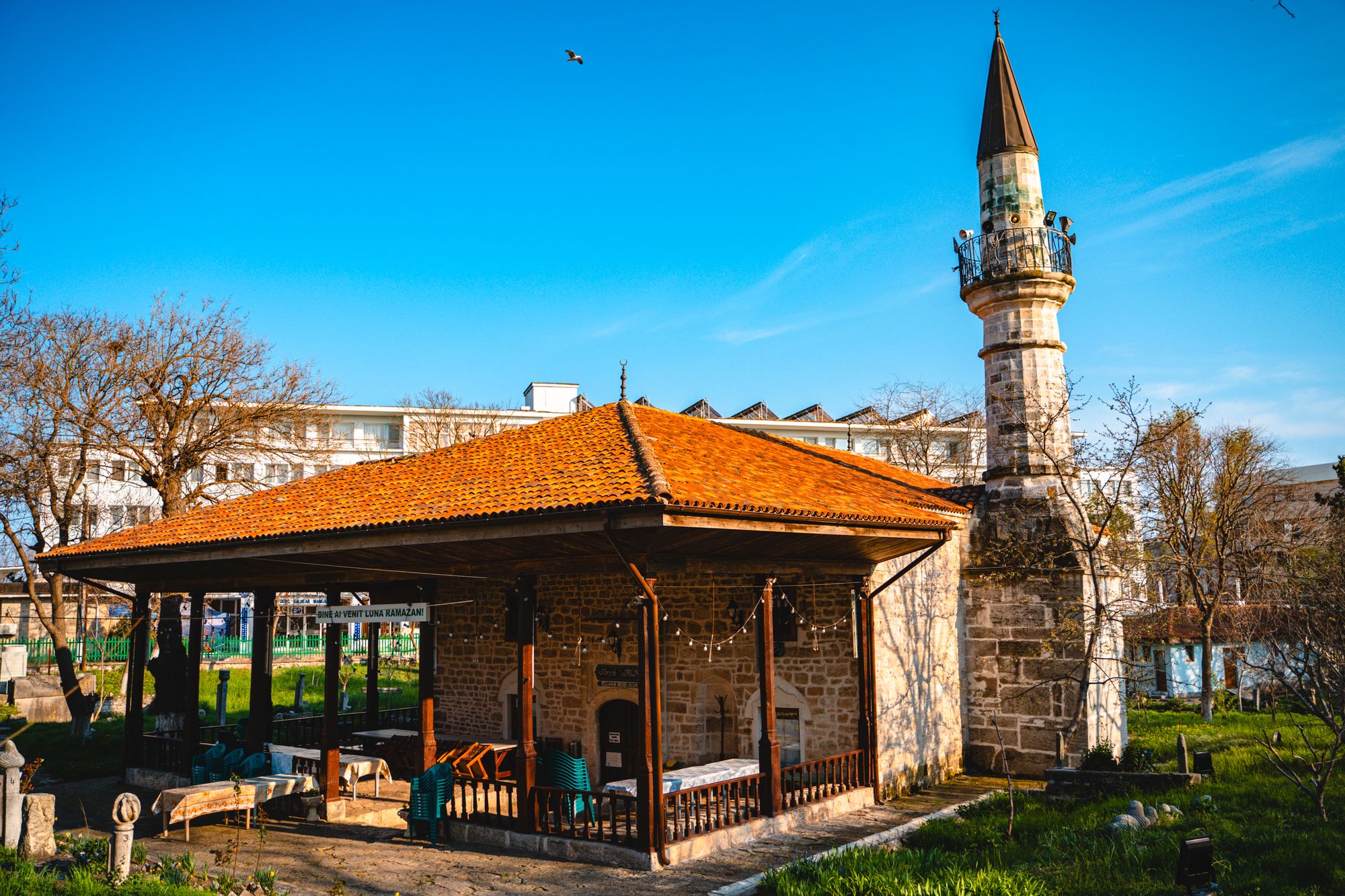
A Glimpse of Valea Cetățuia, and a Spiritual Oasis
Valea Cetățuia, with its rolling hills and lush greenery, provides a stunning backdrop for the Manastirea Cetatuia Negru Vodă Monastery. This remote location, far from the hustle and bustle of urban life, sets the stage for a truly peaceful and reflective experience.
The Manastirea Cetatuia Negru Vodă is not just a place of worship but also a spiritual oasis. Its roots trace back to 800 years ago, making it an integral part of Romania's religious heritage. As you approach the monastery, you'll notice that this is not your conventional monument visit. It's literally carved in the rocks of a mountain, after a difficult steep climb. Whoever built this monastery understood that seeking solitude was a good thing - even eight centuries ago, when there was no interesting blog posts, like the one you're reading 😃💐!
Historical Significance: Who is Negru Vodă (800 years ago)?
The monastery takes its name from the historical figure Negru Vodă, an enigmatic ruler of Wallachia in the early 13th century. It is believed that he played a significant role in the establishment of this sacred site. It is also believed that he is the founder of the region of Wallachia, oldest principality of modern day Romania. The history surrounding the monastery is a fascinating narrative of faith, resilience, and the enduring spirit of the people. I mean: How do they get food up there? How do they get there in the first place? Do they leave the monastery to go see their families?
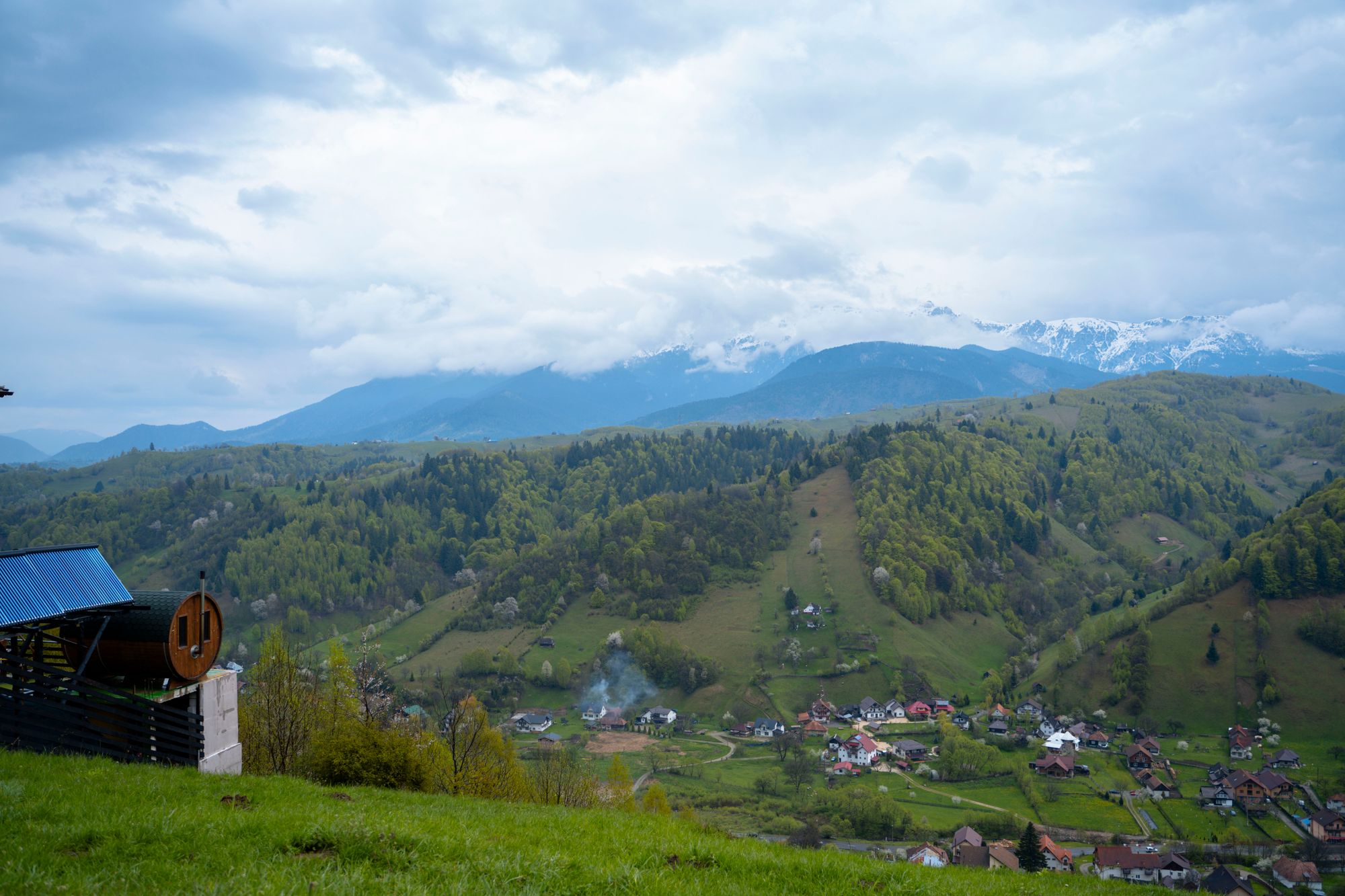
A Spiritual Retreat with an Architectural Splendor
The architectural details of the Manastirea Cetatuia Negru Vodă are a sight to behold. Its well-preserved frescoes, incredible design within the mountain rocks, narrate stories from the religious tradition. The monastery's location offers breathtaking panoramic views of the surrounding countryside.
For many, the Manastirea Cetatuia Negru Vodă is a place of spiritual rejuvenation. The peaceful atmosphere, combined with the magical nature surroundings, creates an environment conducive to introspection and inner peace. Visitors often take time to explore the nearby natural wonders, allowing for a deeper connection with nature and spirituality.
How to Get To Manastirea Cetatuia Negru Vodă?
To get there, I left Brasov, and drove for two (x2) hours south passing by the magical village of Fundata (I stayed there in winter btw). The roads here are not the easiest, and make sure you make a full tank before you start your trip. The GPS location is: DN72A, Valea Cetățuia 117242, Romania, park your car on the side of the road as there is no parking area, and then you have to ask the locals. They will point you to a river that you can cross by feet using a bridge. Once you cross and you start climbing the mountain, and if you look back, you'll see what's in the picture below (you could see the settlement located at the river bank):
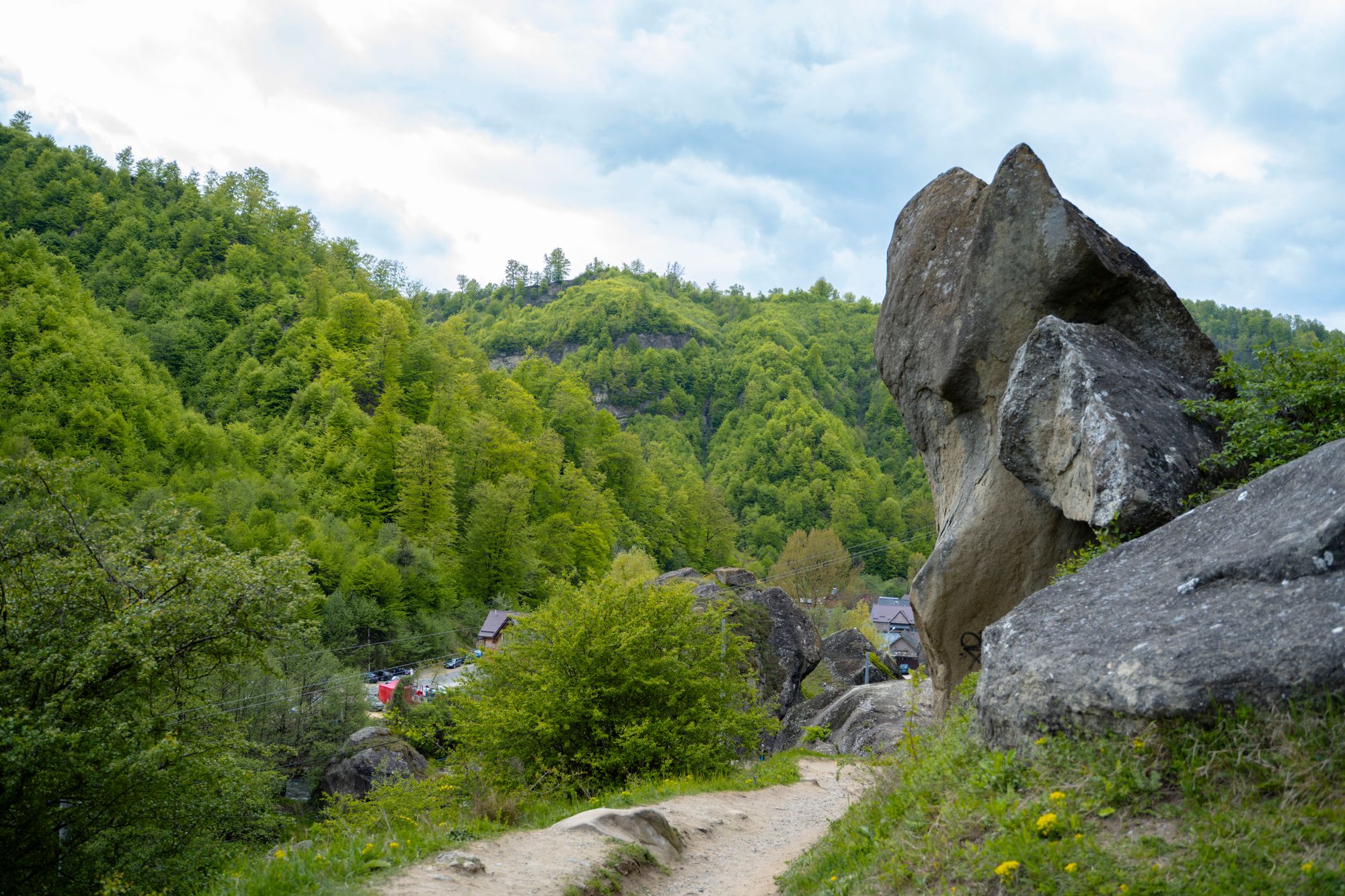
It should take you between 20-40 minutes of steep mountain climb, depending on your shape, and how often you stop for a break. The more you climb, the more otherworldly the panoramas get:
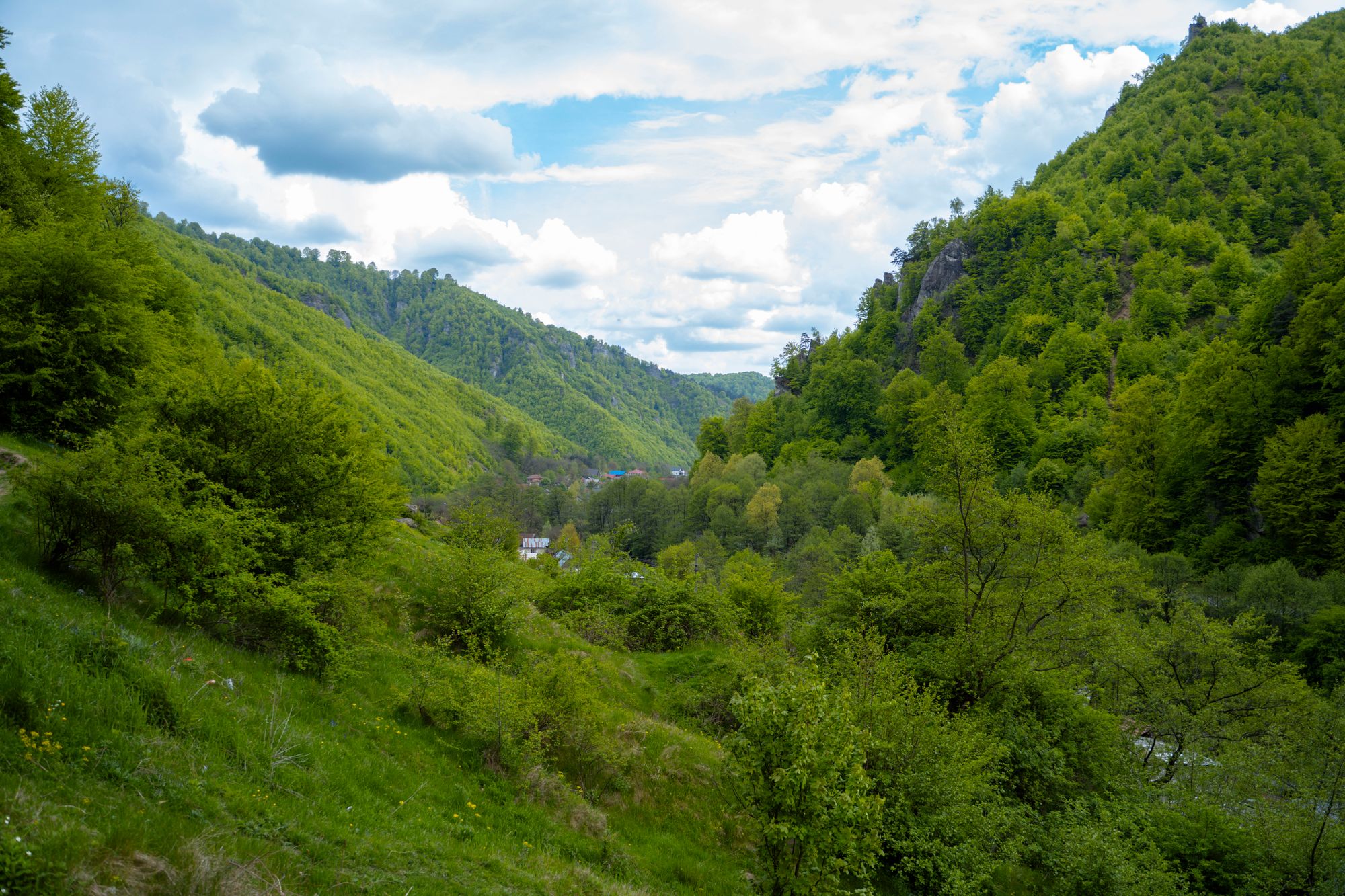
Should You Visit It?
It all depends on your interests.
I'm not even Christian (I'm Muslim), and just hearing of the idea that someone carved a monastery in the mountain rocks in the 1200s (Negru Vodă), and founded the historical region of Wallachia, I knew I had to climb there. It took me literally hours to prepare the trip, and read about it.
If you find yourself in Romania and yearning for a serene escape, the Manastirea Cetatuia Negru Vodă is an ideal destination. Its remote location offers respite from the noise of the world, allowing you to immerse yourself in the profound tranquillity of Valea Cetățuia. I would say that Manastirea Cetatuia Negru Vodă in Valea Cetățuia, Romania, is more than just a religious site; it's a living testament to history and spirituality. Surrounded by the breathtaking beauty of nature, this hidden treasure might be your source of serenity and occasion to do some self reflection (not a religious preaching; I'm not even Christian 😅).
So, if you seek a place where history, spirituality, and nature converge, make your way to this enchanting monastery. It's a journey that promises not only to enrich your understanding of Romania's heritage but also to nourish your soul.
Anyway, that was my 20 cts thought...🪙 - "River Newsletter"
🎞🍿 Videos I posted from this place
Part I - First Impressions
@oopsimovedagain PART II / +800 years old Monastery ☦️ carved in Mountain Rocks 🪨🗻. It’s crazy how the history of this country is not appreciated well enough 🥹 #romania #monastery #negruvoda #christianity #orthodox #traveler #history #oopsimovedagain ♬ Light of the Seven - Ramin Djawadi
Part II - Continue to the Top!
@oopsimovedagain After 30 minutes of mountain climbing, I finally made it to the top of the mountain where the monastery is carved. And what a view !!! 🏔️🥹🇷🇴#romania #monastery #negruvoda #wallachia #orthodox #christianity #muslim #traveler #oopsimovedagain ♬ original sound - Oops, I moved again!
Part IV - Are Monasteries Self Funded?
@oopsimovedagain Are Monasteries self funded ☦️🇷🇴 ? #romania #monastery #negruvoda #history #orthodox #christianity #oopsimovedagain ♬ Rêverie - Debussy , Soft Piano(1078620) - Noi m knot
Extended version (4K Vlog) on YouTube 🏔
Manastirea Cetatuia Negru Vodă (it's orthodox) ☦️